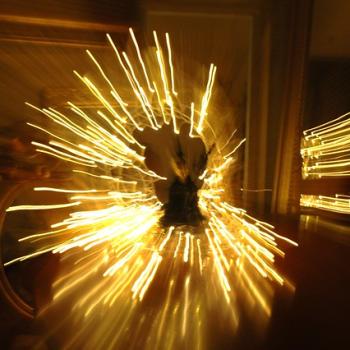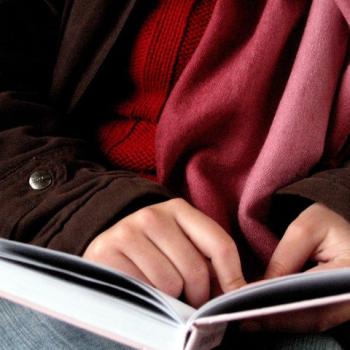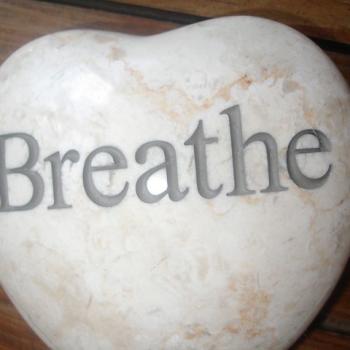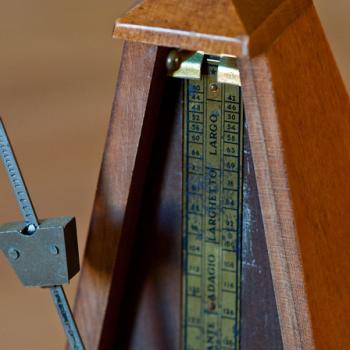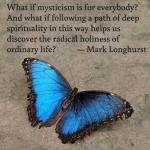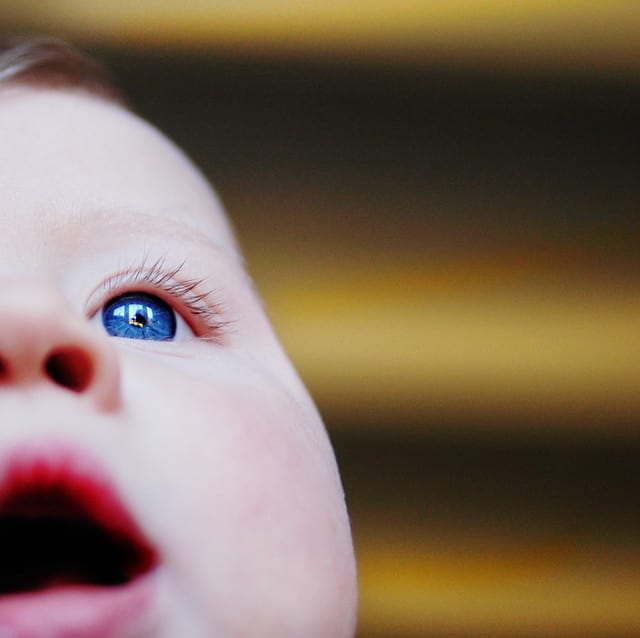
The Stillness of Our Own Breathing
Sally Rooney, in a novel called Conversations With Friends, wrote
“I didn’t exactly start praying that weekend after the book launch, but I did look up online how to meditate. It mainly involved closing my eyes and breathing, while also calmly letting go of passing thoughts. I focused on my breathing, you were allowed to do that. You could even count the breaths. And them at the end you could just think about anything, anything you wanted, but after five minutes of counting my breath, I didn’t want to think. My mind felt empty, like the inside of a glass jar. I was appropriating my fear of total disappearance as a spiritual practice. I was inhabiting disappearance as something that could reveal and inform, rather than totalize and annihilate. A lot of the time my meditation was unsuccessful.”
We listen, in a contemplative practice, to the sacred stillness of our own breathing.
Sitting still with our eyes closed, we practice letting go of passing thoughts. We are not trying to remember or organize our feelings or thoughts. When we release the words and thoughts and feelings within us and around us, only our breathing remains.
Our practice of contemplation is about getting beyond all the distractions and demands on us. We sit quietly in the dark, closing our eyes to all the shiny objects which try to attract our attention.
The one thing to which we listen, to which we have listened since we were born, is our own breathing.
We are not struggling or fighting to take our next breath. Our breathing is calm and steady.
Each breath follow the one before it. In the stillness, in the dark, we allow spiritual life to live and work within us and in the world around us.
Breathing as a Spiritual Practice
For me, the first and most essential spiritual practice is breathing.
Breathing is what we do when we are not doing anything else, whether we are sleep or we are concentrating. Our breath is the practice which makes all our other practices possible.
Sacred writings describe how the breath of life awakens and inspires us. People tell us how deep insights take their breath away. Some people believe a scriptural notation for God’s name comes from the sound of our breathing.
Inhaling and exhaling is the rhythm and pattern of our lives.
Breathing is a powerful metaphor for spiritual life. We breathe in fresh air to fill our lungs, and pause to receive. The oxygen we need for our hearts, minds, and bodies to continue working flows into us. Our sense of smell connects the world around us to the world within us.
We breathe out, providing nutrients to the plants around us. We release tensions and toxins, letting go of what is not healthy for us to hold within ourselves.
Our breaths reflect the steps we take inward and back out into the world on our spiritual journeys each day.
Many monks pray breath prayers, without words. They practice breathing evenly and deeply, filling their lungs. Praying, working, reflection, and chanting help monks learn to breathe well.
When I visit the hermitage where I am a lay oblate monks communicate by breathing. In stillness, without saying a word, we breathe together. Even when I am far away, the pattern of our breathing reminds us we share a community. We pause, take a deep breath, and remember.
All the contemplative practices we try to follow and develop begin with us taking a breath.
In each practice we listen to the sacred stillness of our own breathing.
Breathing is How We Begin Again
Monks inspire me to remember, in the words of Benedict’s Rule, “Always, we begin again.”
Each breath is a new beginning. We breathe in and fill our lungs with opportunities to start over. When we breathe out we expel what we do not need and give ourselves room to begin again.
As long as we continue to breathe we can begin again.
Our breathing reflects who we are and how we live. At times when we struggle, physically or intellectually, it can become labored.
Breathing is a form of nonverbal communication. The people around us, consciously or unconsciously, pay attention to how we breathe. Our breathing can be a calming influence in a group of people or spark an increase in anxiety.
Sometimes we need to pause, take a deep breath in, and let it out. We may need a few deep breaths. It could be because we are tired or frustrated, or we have not had a moment to spare. Caught between the past and the future we need to breathe deeply.
Catching our breath helps us remember to live in the present moment. Inhaling and exhaling helps us clear away obstacles and distractions to pay attention.
Listening to the Stillness of Our Own Breathing
No matter where or when we listen to sacred stillness, we let go of the noises which pull at our awareness. The alarms and the voices, the music and the pleas for help, the crying and the laughing.
I sit with my eyes closed, listening to the stillness of my own breath.
Each time I listen to sacred stillness I practice releasing my grip, relaxing my need to control. The stillness of my own breathing washes over me, helping me rest into the present moment. My own need to revise the past or determine the future melts away.
Sacred stillness within me and all around me holds me in its embrace. I realize, over time, there is nothing to fear.
The stillness of each breath comforts me as it reveals its depth and power.
We breath in and breath out, listening to the stillness we have heard since we were born.
All we need to do is continue breathing.
When will we take time to listen to the sacred stillness of our own breathing today?
How will we recognize the stillness of our own breathing this week?
[Image by maessive]
Greg Richardson is a spiritual life mentor and coach in Southern California. He is a recovering attorney and a lay Oblate with New Camaldoli Hermitage near Big Sur, California. Greg’s website is StrategicMonk.com and his email address is [email protected].



